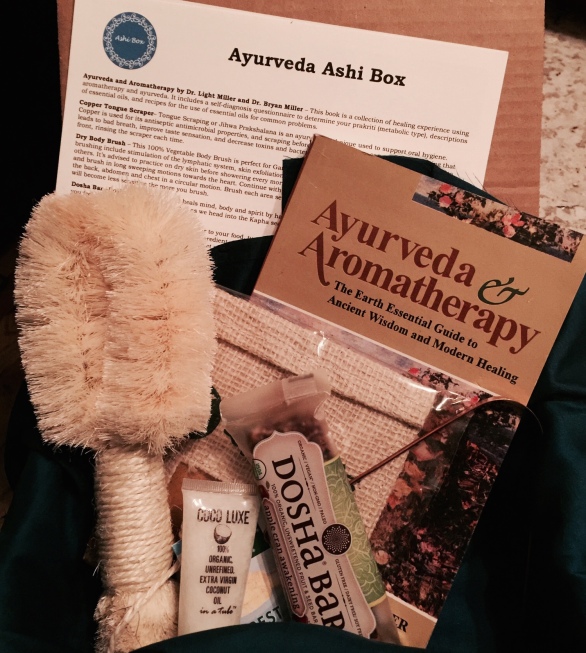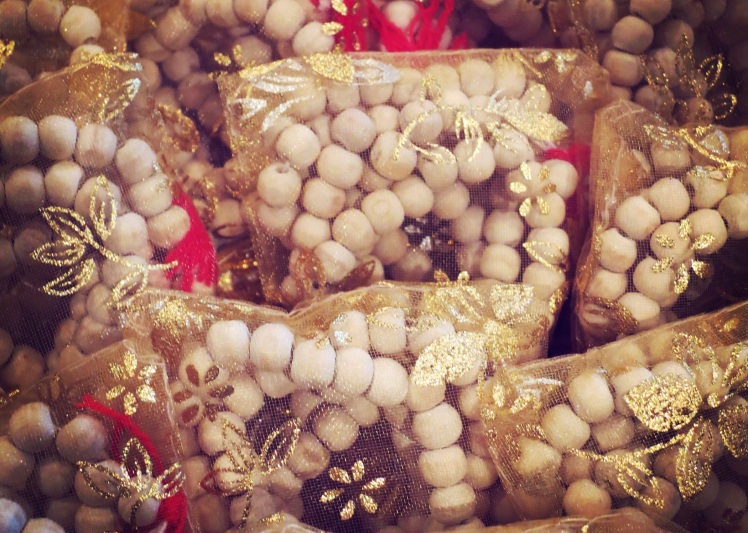Ayurveda 101 – An Introduction

WHAT IS AYURVEDA? Ayurveda is the 5,000 year-old Indian system of medicine and natural healing. It’s based on the idea of achieving holistic health and creating balance by proactively using diet, herbal remedies, and lifestyle routines, rather than fighting disease. Ayurveda recognizes the importance of finding harmony between our physical, emotional, mental, environmental, and spiritual aspects to achieve total health. Ayurveda is the only system of medicine that recognizes ten different metabolic types, and utilizes lifestyle routines and diets based on these differences, rather than a one-size-fits-all approach.
HOW DO YOGA AND AYURVEDA RELATE? Yoga and Ayurveda are interrelated sister sciences that originate from Vedic knowledge and are a means to improve overall health. Ayurveda is the science of medicine and yoga is the spiritual practice, and when combined can bring well-being to the body, mind and spirit. The combination of the two adds a spiritual dimension to health and healing, and assists in our understanding disease and disease prevention. Yoga is the ideal ayurvedic exercise that rejuvenates the body, improves digestion, and relieves stress; and at the same time a yoga practitioner can benefit from incorporating an ayurvedic daily routine into their yoga practice in order to prepare the mind and body.
WHAT ARE THE DOSHAS AND PRAKRITI? – The doshas are pairs of the five elements, and are like little energy centers that govern physical and mental processes. The doshas are dynamic and change in response to our actions, thoughts, emotions, diet, seasons, life stage, etc. There are three doshas – Pitta, Vata, and Kapha; and every person has a proportion of each dosha, which determines one’s physiological traits, personality traits, general likes and dislikes. This unique combination of doshas is called Prakriti, also known as mind-body type, metabolic type, or constitution. Your Prakriti is set when you’re born and your original constitution will not change throughout your life. Due to the dynamic nature of the doshas, they can easily get out of balance. The goal is not to have equal parts of each dosha in your constitution, but rather to create diet and lifestyle routines based on your dosha combinations to maximize your overall health, and bring you back to your balanced and natural constitution.
HOW DO I DETERMINE MY PRAKRITI? There is a questionnaire in the beginning of the book to determine which is your predominant dosha. There are also an endless supply of quizzes online, and can be easily found by searching for “dosha quiz” or “prakriti quiz”. You may want to take more than one as some are more general than others, and you may find your results vary depending on how detailed the questions are.
I KNOW MY PRAKRITI AND DOMINANT DOSHA, NOW WHAT?
Ayurveda is fundamentally about finding balance and being in tune with the cycles of nature. Generally speaking this can mean rising and setting with the sun, basing diets on the season, eating in-season fruits and vegetables, and avoiding excess heat or cold. In addition to the included book, there are many resources online and a search for “general health tips for (your predominant dosha) type” can result in some amazing tips for diet, exercise, herbal remedies, and lifestyle routines.
Continue reading to learn more about Dinacharya – the Ayurvedic daily routine, and ways to incorporate Ayurveda in your life.
DISCLAIMER: Please check with your health care professional before starting any exercise or yoga program. The information provided within is intended to be used under professional instruction and guidance. It is not a substitute for medical care and attention. Please use common sense and walk the middle path as you develop your spiritual practice. We are not responsible for the consequences of the exercises and practices. The same applies to all the other material provided here, it is provided as is with no warranties or guarantees. We are not responsible for, and will not compensate in any way, for loss or damage related directly or indirectly to the information in these pages.


 Using a mala – A mala usually consists of 108 beads plus an additional “guru” bead. Holding the mala in the right hand, with it dangling over the middle finger, begin repeating the mantra and “counting” the beads with the thumb. Start with the bead next to the guru bead, and count each bead as one repetition of the mantra. When you get back to the guru bead don’t count it and don’t pass it, take a moment and give respect to the guru, then flip the mala and go back the other way. The index finger is the “pointing” or “accusing” finger and generally doesn’t touch the mala.
Using a mala – A mala usually consists of 108 beads plus an additional “guru” bead. Holding the mala in the right hand, with it dangling over the middle finger, begin repeating the mantra and “counting” the beads with the thumb. Start with the bead next to the guru bead, and count each bead as one repetition of the mantra. When you get back to the guru bead don’t count it and don’t pass it, take a moment and give respect to the guru, then flip the mala and go back the other way. The index finger is the “pointing” or “accusing” finger and generally doesn’t touch the mala.